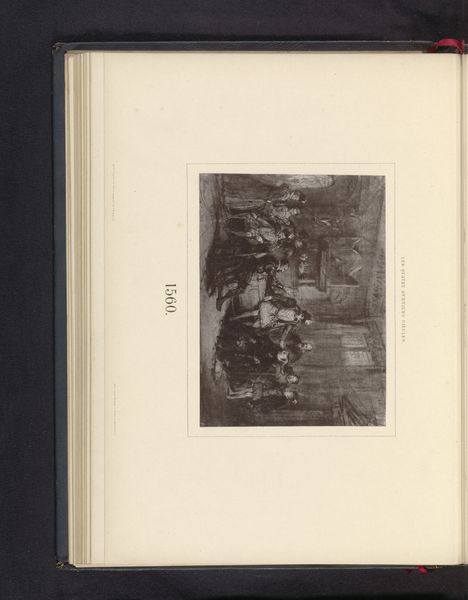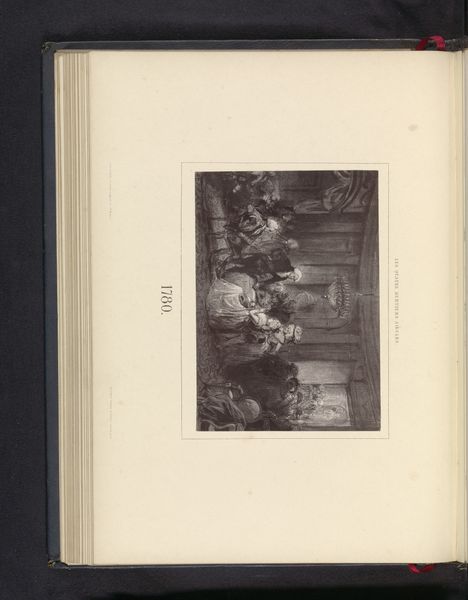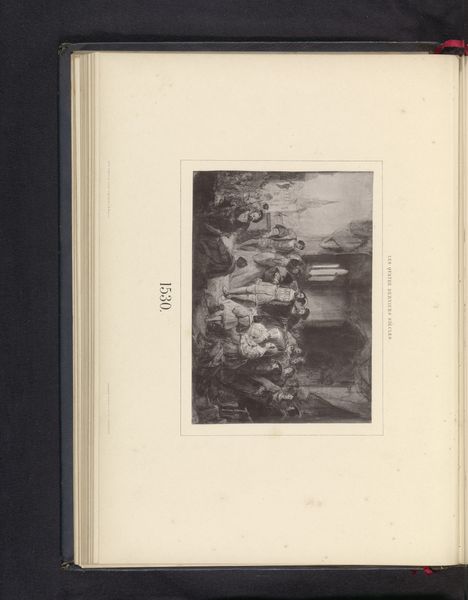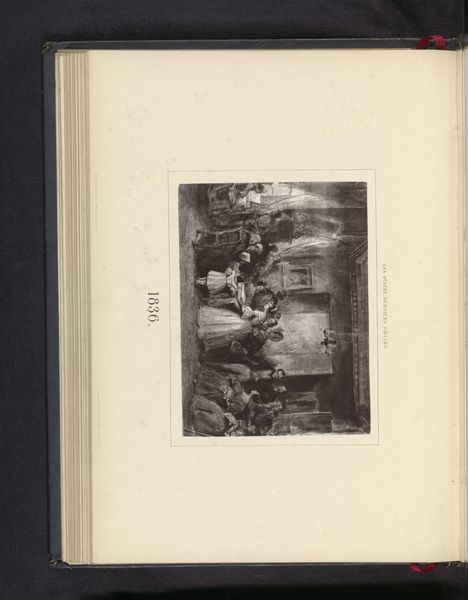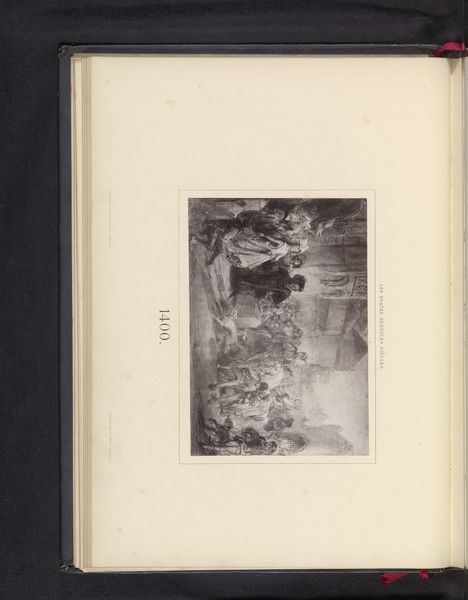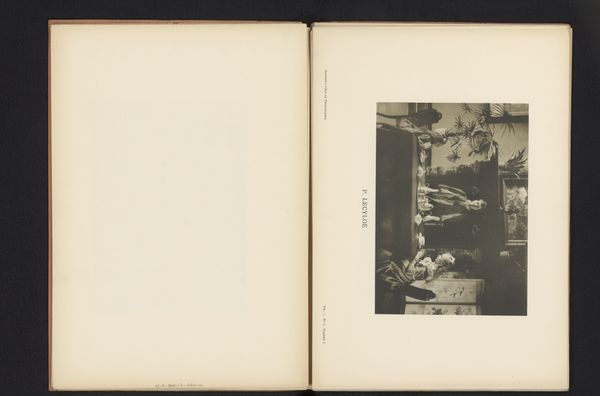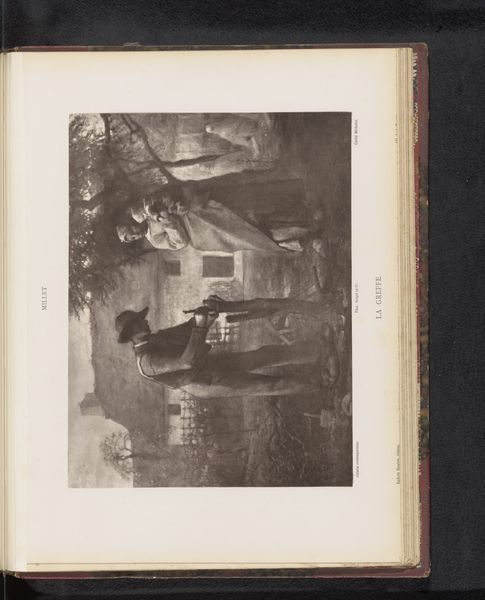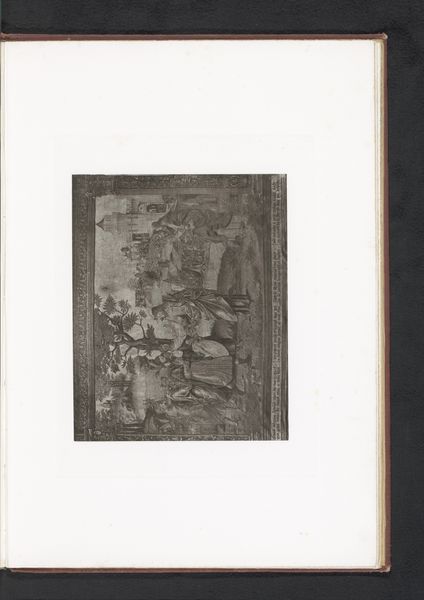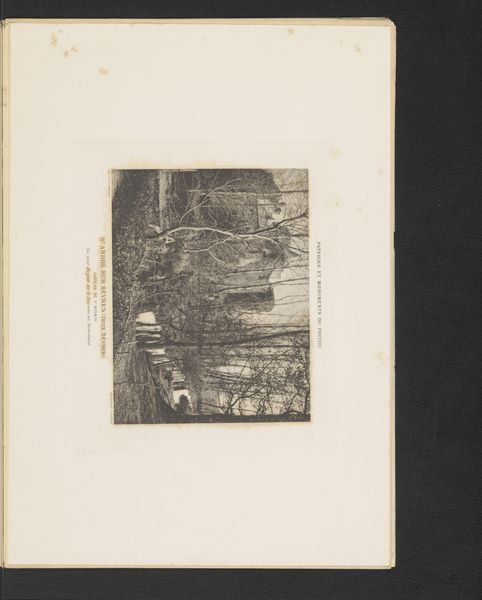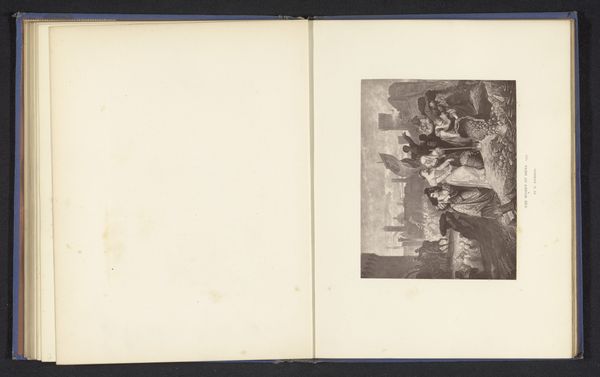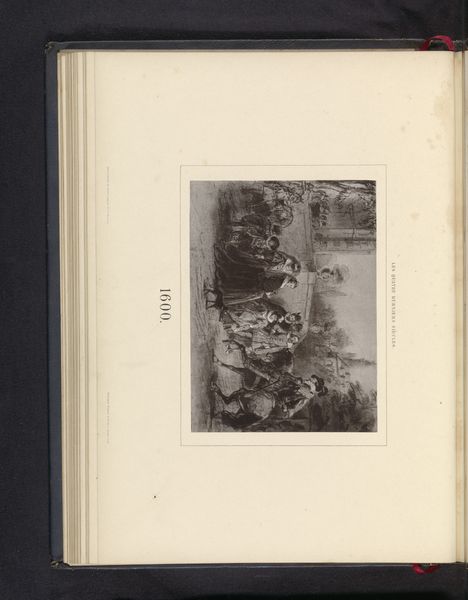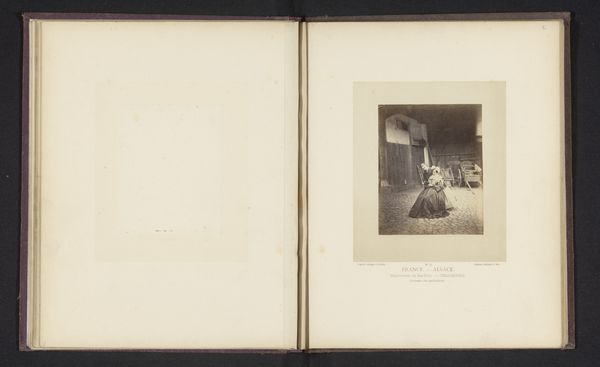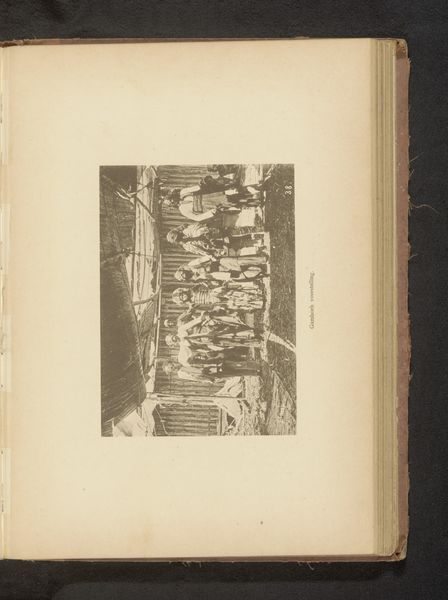
Fotoreproductie van een tekening, voorstellende heersers op een troon met hun gevolg before 1873
0:00
0:00
anonymous
Rijksmuseum
drawing, print, engraving
#
drawing
# print
#
coloured pencil
#
history-painting
#
academic-art
#
engraving
Dimensions: height 142 mm, width 193 mm
Copyright: Rijks Museum: Open Domain
Editor: So, here we have an anonymous print, dating from before 1873, titled "Fotoreproductie van een tekening, voorstellende heersers op een troon met hun gevolg" – rulers on a throne with their entourage. It's pretty detailed given the small scale; you can see all the people in attendance on what appears to be a courtroom setting. How would you begin to approach analyzing it? Curator: Immediately, I'm drawn to the means of its creation, this “Fotoreproductie.” It isn’t the 'original' drawing but a mass-produced copy; let’s consider its implications. Whose interests did its production serve? Who had access to the printing technology, and why did they decide to reproduce this particular image depicting rulers and their court? Was it aimed at critiquing power, glorifying the ruling class, or simply documenting history for a broader audience? Editor: That’s fascinating! I hadn't considered the reproductive aspect beyond simply having an image. But it definitely shifts the perspective, making it more about distribution. What would the choice of print medium have added or taken away? Curator: Engraving enables replication at an industrial level, turning art into a commodity. It strips away the artist's hand, emphasizing reproducibility. Compare this accessibility with the exclusive realm of the elite depicted within the image. We must look into how this method, the printed version, and its distribution are interconnected. Could the wide circulation have fostered resentment amongst laborers excluded from such courtly gatherings and positions of power? Editor: So, looking at it from a Materialist lens really makes me focus on who is creating the piece, their methods, and their audience – less about the depicted scene, and more on labor, means, and purpose? Curator: Precisely. It urges us to question the systems, materials, and economics that make an artwork, even a seemingly historical depiction, possible. Editor: Okay, this was really enlightening! Thanks. I’ll definitely keep materiality at the forefront of my analysis moving forward.
Comments
No comments
Be the first to comment and join the conversation on the ultimate creative platform.
